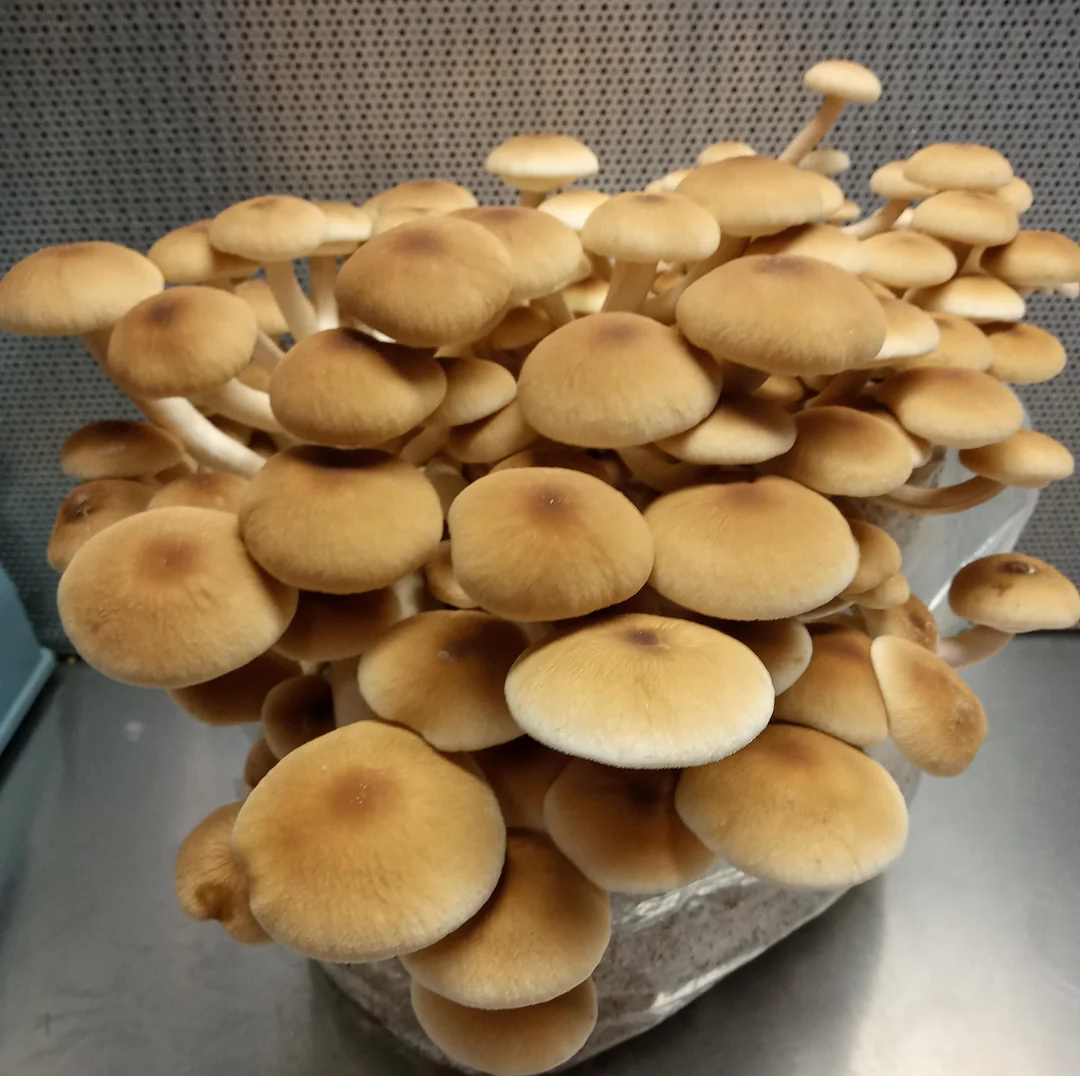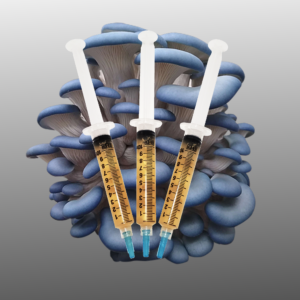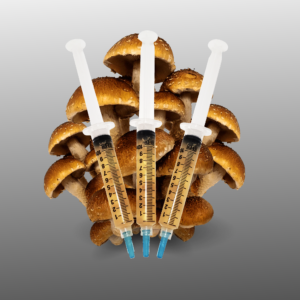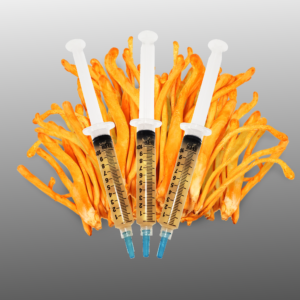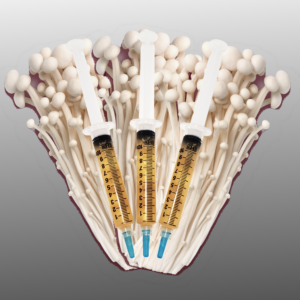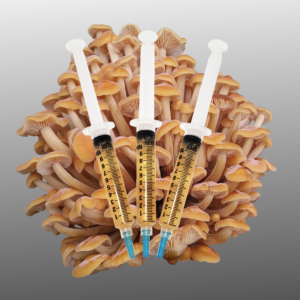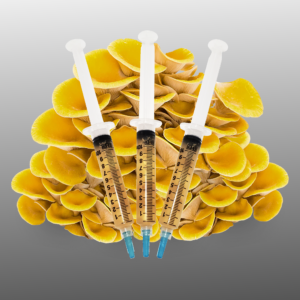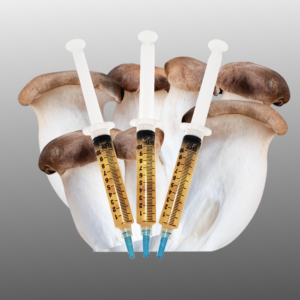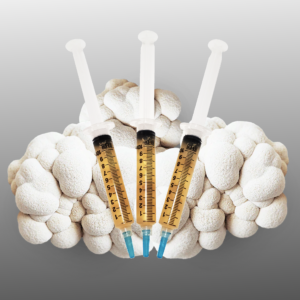Appearance and Characteristics:
In the realm of edible mushrooms, the pioppino mushroom (Agrocybe aegerita), also known as the “velvet pioppino,” holds a special place. Renowned for its unique characteristics and delightful taste, the pioppino mushroom has become increasingly popular. This article delves into the world of pioppino mushrooms, examining their appearance, culinary uses, nutritional profile, and cultivation.
- Cap and Stem:
- Pioppino mushrooms are identified by a distinct cap and stem. The cap is convex, showcasing hues from light brown to dark brown, while the stem is thick, firm, and cylindrical.
- Texture:
- Possessing a meaty and resilient texture, pioppinos become a versatile ingredient in a variety of culinary applications.
- Flavor Profile:
- Pioppinos feature a rich, umami flavor with mild earthy undertones, often compared to the more well-known king oyster mushroom.
Culinary Uses:
- Sautéed and Grilled:
- Excellent when sautéed or grilled, pioppino mushrooms maintain their firm texture under high-heat cooking, resulting in a delicious caramelization.
- Stir-Fries and Asian Cuisine:
- With their meaty texture, pioppinos are frequently employed in stir-fries and Asian-inspired dishes, absorbing flavors well and adding a hearty element.
- Substitute for Meat:
- Due to their substantial nature, pioppinos make an ideal meat substitute in vegetarian and vegan recipes, providing a satisfying and savory experience.
Nutritional Benefits:
- Protein Content:
- Pioppino mushrooms serve as a good source of plant-based protein, making them a valuable addition to diets seeking alternative protein sources.
- Vitamins and Minerals:
- These mushrooms contain essential vitamins such as B vitamins (particularly B5 and B1) and minerals like potassium, phosphorus, and iron.
- Dietary Fiber:
- Pioppinos contribute dietary fiber to the diet, aiding in digestion and promoting a healthy gut.
Cultivation of Pioppino Mushrooms:
- Growing Conditions:
- Pioppino mushrooms thrive in a substrate rich in lignin, such as wood chips or straw. They require a humid environment and temperatures ranging from 75 to 80°F (24 to 27°C).
- Growing Cycle:
- The cultivation process typically involves inoculating a substrate with pioppino spores or mycelium, followed by incubation and subsequent fruiting.
- Harvesting:
- Pioppinos are ready for harvest when the caps are fully opened, and the mushrooms have reached a desirable size. Harvest by cutting the stems close to the substrate.
Culinary Inspiration: Pioppino Mushroom Risotto
Ingredients:
- 1 cup pioppino mushrooms, cleaned and sliced
- 1 cup Arborio rice
- 1/2 cup dry white wine
- 4 cups vegetable broth, kept warm
- 1 onion, finely chopped
- 2 cloves garlic, minced
- 1/2 cup grated Parmesan cheese
- 2 tablespoons olive oil
- Salt and pepper to taste
- Fresh parsley, chopped (for garnish)
Instructions:
- Sauté onions and garlic in olive oil until translucent. Add pioppino mushrooms and cook until they release their moisture.
- Add Arborio rice and cook until it becomes translucent around the edges.
- Pour in the white wine, stirring until mostly evaporated.
- Begin adding warm vegetable broth one ladle at a time, allowing the liquid to be absorbed before adding more. Continue until the rice is creamy and cooked to your preferred level of doneness.
- Stir in Parmesan cheese, salt, and pepper. Adjust seasoning to taste.
- Garnish with fresh parsley and additional Parmesan before serving.
Conclusion:
The pioppino mushroom stands out in the world of fungi for its distinctive appearance, delightful taste, and versatility in the kitchen. Whether you’re incorporating them into stir-fries, substituting them for meat, or experimenting with gourmet recipes like pioppino mushroom risotto, these mushrooms add a hearty and flavorful dimension to your culinary repertoire. Consider cultivating pioppinos at home for a rewarding and sustainable source of this delectable mushroom.

